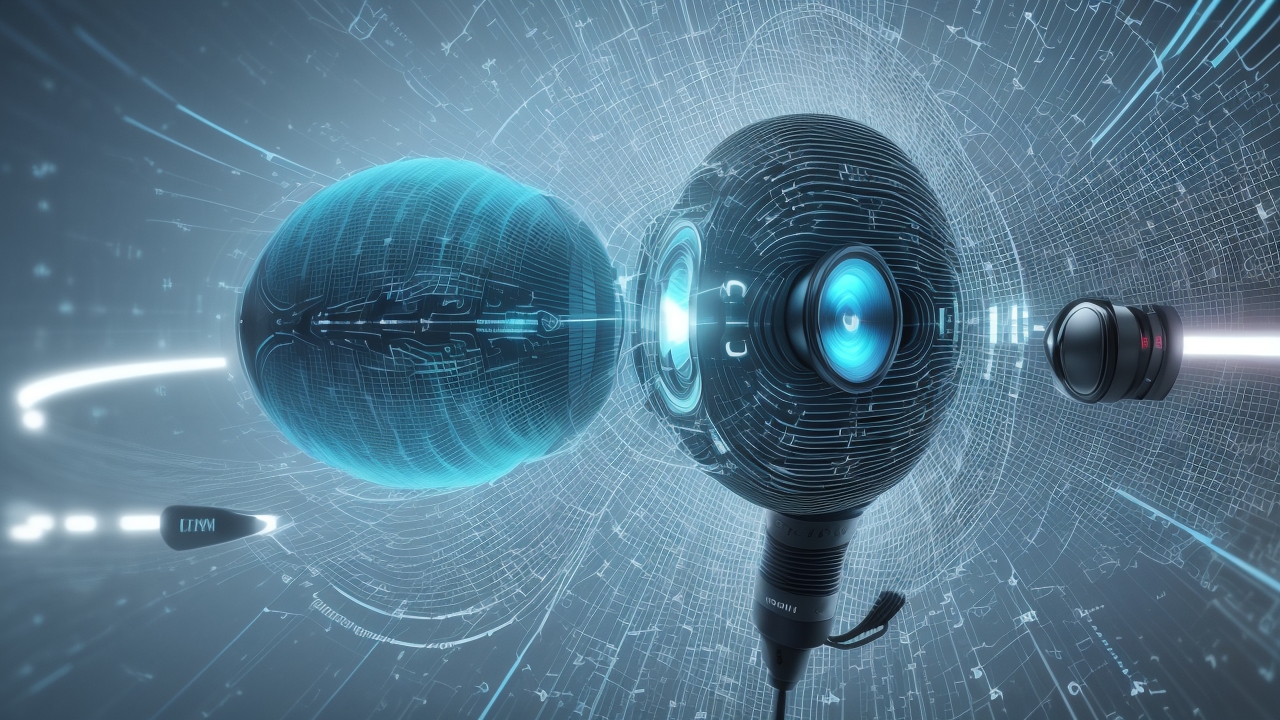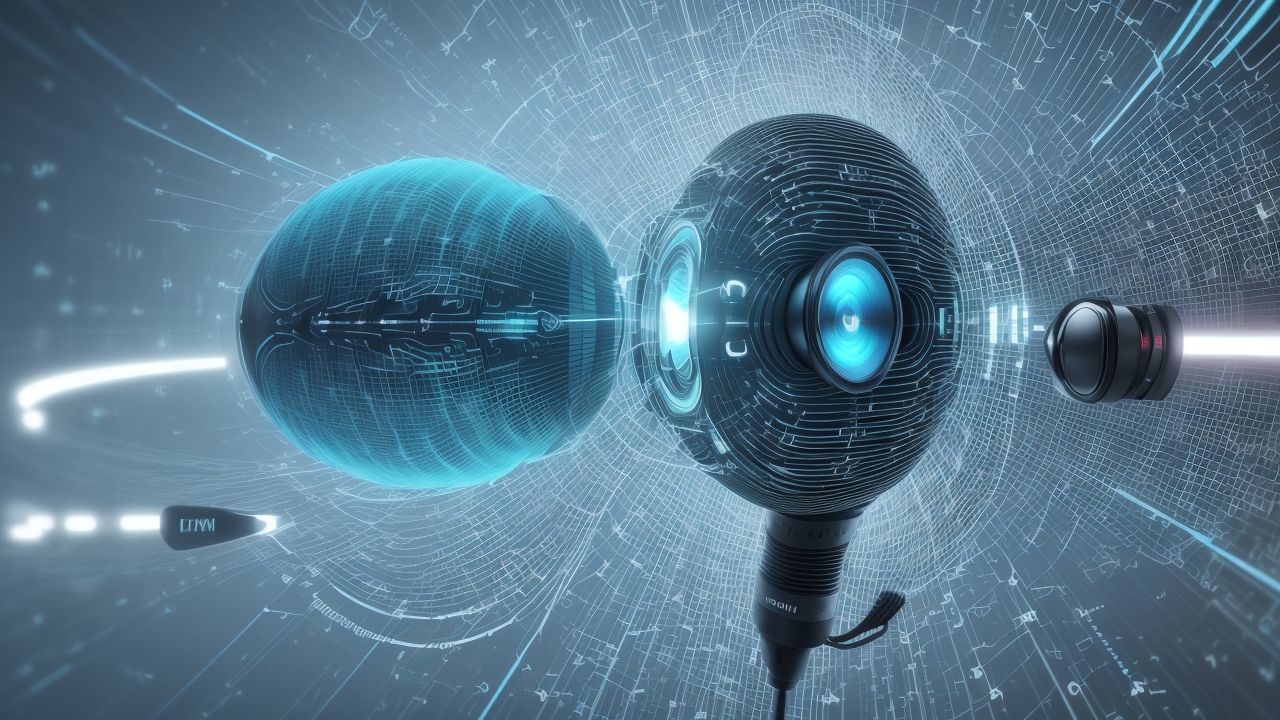voice clone ai explained
Deze blog biedt een uitgebreide verkenning van voice cloning, een innovatieve technologie die het mogelijk maakt om menselijke stemmen digitaal te repliceren met opmerkelijke precisie. De blog beantwoordt belangrijke vragen zoals wat voice cloning is, hoe het werkt en de vele toepassingen ervan in verschillende sectoren. Voice cloning kan bijvoorbeeld in de entertainmentindustrie worden gebruikt voor het creëren van meertalige voice-overs en in de medische sector om patiënten te helpen met spraakverlies. De ethische en beveiligingsaspecten van deze technologie komen ook aan bod, waarbij de nadruk ligt op privacy, toestemming en de noodzaak van duidelijke richtlijnen. Voor degenen die geïnteresseerd zijn in het verkennen van voice cloning, biedt de blog inzicht in zowel de technische als praktische overwegingen.
Table of Contents
- What is Voice Cloning
- How Voice Cloning Works
- Applications and Possibilities
- Ethics and Considerations
- Getting Started with Voice Cloning
- Frequently Asked Questions
What is Voice Cloning
Voice cloning represents a groundbreaking advancement in artificial intelligence technology that allows computers to replicate human voices with remarkable accuracy. The technology analyzes audio samples of a person’s voice to create a digital model capable of generating new speech in that same voice. This innovative approach to speech synthesis has transformed how we think about vocal content creation.
The fundamental concept behind voice cloning centers on teaching AI systems to understand and reproduce the unique characteristics that make each human voice distinct. These elements include pitch, tone, rhythm, and emotional inflections that give voices their personal quality.
How Voice Cloning Works
The process of voice cloning involves several sophisticated steps:
- Data collection: recording high-quality voice samples
- Analysis: breaking down vocal characteristics
- Model training: teaching AI to replicate these characteristics
- Synthesis: generating new speech in the target voice
Deep learning algorithms analyze numerous aspects of speech, including frequency patterns, pronunciation quirks, and speaking tempo. This creates a comprehensive voice profile that serves as the foundation for generating synthetic speech that sounds natural and authentic.
Modern voice cloning systems can create convincing voice replicas with just a few minutes of sample audio. The technology continues to improve, making synthetic voices increasingly indistinguishable from their human counterparts.
Applications and Possibilities
Voice cloning technology offers numerous practical applications across various industries. In entertainment, it allows actors to dub their voices in multiple languages without learning them. Content creators can scale their production by generating voiceovers efficiently. Educational platforms can create engaging content in multiple voices to maintain student interest.
The medical field benefits from voice cloning by helping patients who have lost their ability to speak. By creating synthetic versions of their original voices, this technology provides a more personal alternative to generic text-to-speech solutions.
Corporate applications include customized virtual assistants, automated customer service, and personalized advertising campaigns. The technology enables businesses to maintain consistent brand voices across different platforms and markets.
Ethics and Considerations
The advancement of voice cloning technology brings important ethical considerations to the forefront. Privacy concerns, consent requirements, and potential misuse for deception require careful attention. Establishing clear guidelines and regulations helps ensure responsible implementation of this technology.
Transparency remains crucial when using voice cloning. Audiences should know when they’re hearing a synthetic voice, and proper attribution should be given to the original voice owners. This maintains trust and prevents potential manipulation.
Security measures must be implemented to protect voice data and prevent unauthorized access. As voice becomes an increasingly common biometric identifier, protecting voice signatures becomes paramount.
Getting Started with Voice Cloning
For those interested in voice cloning technology, several platforms offer accessible solutions. These tools range from simple applications to sophisticated systems for professional use. Key factors to consider include:
- Quality of voice synthesis
- Ease of use
- Cost effectiveness
- Available features
- Technical support
Frequently Asked Questions
What makes voice cloning different from traditional text-to-speech? Voice cloning creates personalized synthetic voices based on real voice samples, while traditional text-to-speech uses generic pre-recorded voice patterns. This results in more natural and authentic-sounding output that maintains individual voice characteristics.
How much audio is needed for effective voice cloning? Modern voice cloning systems can generate reasonable results with just 3-5 minutes of clean audio. However, more sample data typically leads to better quality output. Professional applications might require 30 minutes or more of varied speech samples.
Are voice cloned outputs detectable as artificial? While voice cloning technology has advanced significantly, subtle differences might still exist between synthetic and natural voices. The quality depends on factors like sample audio quality, algorithm sophistication, and specific use cases. Professional solutions often produce nearly indistinguishable results.


